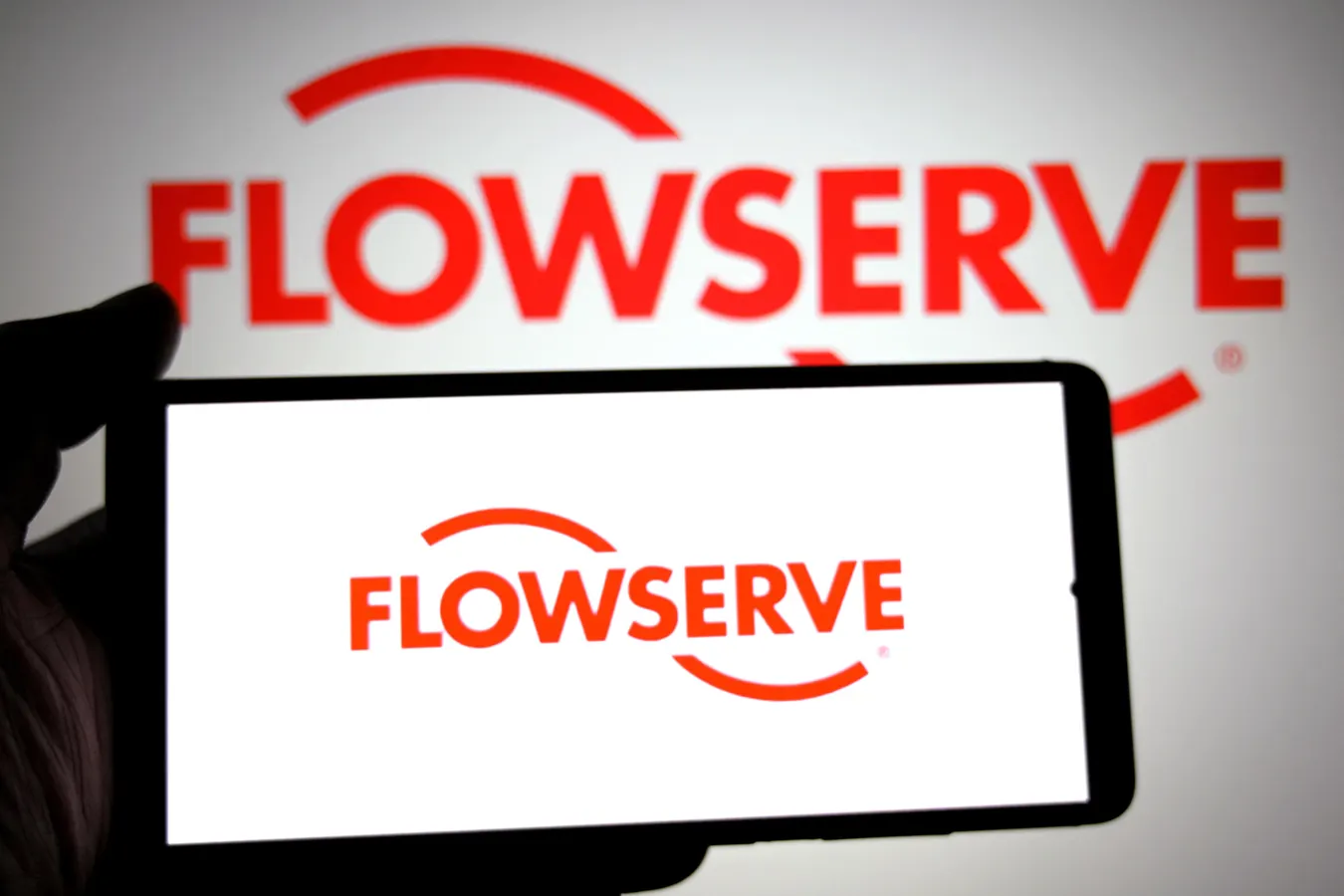Copyright St. Paul Pioneer Press

To place an obituary, please include the information from the obituary checklist below in an email to obits@pioneerpress.com. There is no option to place them through our website at this time. Feel free to contact our obituary desk at 651-228-5263 with any questions. General Information: Your full name, Address (City, State, Zip Code), Phone number, And an alternate phone number (if any) Obituary Specification: Name of Deceased, Obituary Text, A photo in a JPEG or PDF file is preferable, TIF and other files are accepted, we will contact you if there are any issues with the photo. Ad Run dates There is a discount for running more than one day, but this must be scheduled on the first run date to apply. If a photo is used, it must be used for both days for the discount to apply, contact us for more information. Policies: Verification of Death: In order to publish obituaries a name and phone number of funeral home/cremation society is required. We must contact the funeral home/cremation society handling the arrangements during their business hours to verify the death. If the body of the deceased has been donated to the University of Minnesota Anatomy Bequest Program, or a similar program, their phone number is required for verification. Please allow enough time to contact them especially during their limited weekend hours. A death certificate is also acceptable for this purpose but only one of these two options are necessary. Guestbook and Outside Websites: We are not allowed to reference other media sources with a guestbook or an obituary placed elsewhere when placing an obituary in print and online. We may place a website for a funeral home or a family email for contact instead; contact us with any questions regarding this matter. Obituary Process: Once your submission is completed, we will fax or email a proof for review prior to publication in the newspaper. This proof includes price and days the notice is scheduled to appear. Please review the proof carefully. We must be notified of errors or changes before the notice appears in the Pioneer Press based on each day’s deadlines. After publication, we will not be responsible for errors that may occur after final proofing. Online: Changes to an online obituary can be handled through the obituary desk. Call us with further questions. Payment Procedure: Pre-payment is required for all obituary notices prior to publication by the deadline specified below in our deadline schedule. Please call 651-228-5263 with your payment information after you have received the proof and approved its contents. Credit Card: Payment accepted by phone only due to PCI (Payment Card Industry) regulations EFT: Check by phone. Please provide your routing number and account number. Rates: The minimum charge is $162 for the first 12 lines. Every line after the first 12 is $12. If the ad is under 12 lines it will be charged the minimum rate of $162. Obituaries including more than 40 lines will receive a 7.5% discount per line. On a second run date, receive a 20% discount off both the first and second placement. Place three obituaries and the third placement will be free of charge. Each photo published is $125 per day. For example: 2 photos in the paper on 2 days would be 4 photo charges at $500. Deadlines: Please follow deadline times to ensure your obituary is published on the day requested. Hours Deadline (no exceptions) Ad Photos MEMORIAM (NON-OBITUARY) REQUEST Unlike an obituary, Memoriam submissions are remembrances of a loved one who has passed. The rates for a memoriam differ from obituaries. Please call or email us for more memoriam information Please call 651-228-5280 for more information. HOURS: Monday – Friday 8:00AM – 5:00PM (CLOSED WEEKENDS and HOLIDAYS) Please submit your memoriam ad to memoriams@pioneerpress.com or call 651-228-5280. By LINLEY SANDERS, AMELIA THOMSON-DEVEAUX and HYOJIN YOO, Associated Press WASHINGTON (AP) — Democratic candidates saw victories across key races Tuesday, and there were signs there’s plenty of room for the Democratic Party to make up ground among groups that moved toward President Donald Trump in the 2024 election. That finding comes from the AP Voter Poll, a sweeping survey of more than 17,000 voters in New Jersey, Virginia, California and New York City that explains who voted in each election and their views on top issues in their state. Even with major wins, the survey also exposed fault lines for Democrats. Young men were less likely than young women to support Democrats in the governor’s races, and Jewish voters in New York City appeared wary of supporting Democratic nominee, Zohran Mamdani. Here’s a look at how key demographic groups in 2025 voted, according to the AP Voter Poll. Vast majority of young voters in NYC voted for Mamdani Mamdani, 34, will be the city’s youngest mayor in over a century. Young voters in New York City overwhelmingly backed him in his generational showdown with former Gov. Andrew Cuomo, who ran as an independent, and Republican Curtis Sliwa. About three-quarters of New York City voters under 30 cast a ballot for Mamdani. They were a relatively small portion of the city’s electorate, and they also were much more likely than older voters to say it was their first time voting in a mayoral election. Older voters were more likely to back Cuomo than Mamdani, but a significant share still backed the Democratic nominee. About 2 in 10 Mamdani voters were under 30, while voters for Cuomo and Sliwa skewed much older. Mamdani has identified as a democratic socialist throughout his campaign, following the brand of U.S. Sen. Bernie Sanders and U.S. Rep. Alexandria Ocasio-Cortez. About one-quarter of New York City voters said they identified as a democratic socialist, with about 4 in 10 voters in New York City under 30 saying they identify this way. Sherrill performed well among Black, Asian and Hispanic voters Democrats’ strong performances with non-white voters in New Jersey and Virginia were promising for the party, after Trump made inroads with Black and Hispanic voters in 2024. About 7 in 10 voters in New Jersey were white, and Democratic gubernatorial candidate Mikie Sherrill won about half that group. But she made up for it with a strong showing among Black, Hispanic and Asian voters. The vast majority — about 9 in 10 — of Black voters supported Sherrill, as did about 8 in 10 Asian voters. Hispanic voters in New Jersey were more divided, but about two-thirds supported Sherrill; only about 3 in 10 voted for the Republican nominee, Jack Ciattarelli. The pattern was similar in Virginia, where Democrat Abigail Spanberger performed well among Black voters, Hispanic voters and Asian voters, even though she didn’t win a majority of white voters. Muslim voters supported Mamdani, while most Jewish voters supported Cuomo Mamdani will be New York’s first Muslim mayor, and he won the vast majority of Muslim voters. About 9 in 10 Muslim voters supported Mamdani, according to the AP Voter Poll. They made up a very small voter group in the city: about 4% of New York City voters were Muslim. No other candidate had such uniform support from a religious group, but Cuomo claimed the support of about 6 in 10 Jewish voters, while only about 3 in 10 cast a ballot for Mamdani. Jewish voters’ support for Cuomo was the culmination of months of anxiety and division within the country’s largest Jewish community, as many voters and leaders expressed concern about Mamdani’s harsh criticism of Israel. About half of Jewish and Muslim voters in New York City said the candidates’ positions on Israel were “a major factor” in their vote. Young voters broke hard for Democrats — but especially women Most voters under 30 voted for the Democratic candidates in the New Jersey and Virginia governor’s races, and the New York City mayoral campaign, but young women were particularly likely to support Democrats. About 8 in 10 women under 30 supported Sherrill in New Jersey, compared to just over half of men under 30. That was similar in Virginia, where roughly 8 in 10 women under 30 voted for Spanberger and about 6 in 10 men under 30 did. There were gender divides among older voters as well, but they weren’t as large. Just over half of women ages 65 and older, for instance, supported Sherill, compared to about 4 in 10 men ages 65 and older. Federal government worker households supported Spanberger Disruptions to the federal workforce over the past year, including the ongoing government shutdown, were felt particularly in Virginia. About 2 in 10 Virginia voters said they live in a household with someone who is currently employed by the federal government or as a federal contractor, according to the poll. Voters with a federal government worker in their household were likelier than other voters to support Spanberger. About two-thirds of voters who live in a household with a current federal employee or contractor voted for Spanberger, compared to just over half of voters in households without a family member who works for the government. About 6 in 10 Virginia voters also reported that their family’s finances had been affected “a lot” or “a little” by federal government cuts this year. About two-thirds of those voters supported Spanberger, while about 6 in 10 voters who said they hadn’t been affected by the cuts supported Republican Lt. Gov. Winsome Earle-Sears. Veteran households voted against Sherrill, but she won anyway Veteran households did not back Sherrill — but she won without their support. Sherrill is a Navy veteran who faced questions surrounding a cheating scandal during her time at the U.S. Naval Academy. She won about 4 in 10 voters from a U.S. military household, while about 6 in 10 voters in veteran households voted for her opponent, Ciattarelli. Veteran households made up about one-quarter of voters in New Jersey. Even more Virginia voters, roughly 4 in 10, said someone in their household had ever served in the U.S. military. Spanberger won about half of veteran households in Virginia. The 2025 AP Voter Poll, conducted by SSRS from Oct. 22 to Nov. 4, includes representative samples of registered voters in California (4,490), New Jersey (4,244), New York City (4,304) and Virginia (4,215). The AP Voter Poll combines data collected from validated registered voters online and by telephone, with data collected in-person from election day voters at approximately 30 precincts per state or city, excluding California. Respondents can complete the poll in English or Spanish. The overall margin of sampling error for voters, accounting for design effect, is plus or minus 2.0 percentage points in California, 2.1 percentage points in New Jersey, 2.2 percentage points in New York City and 2.1 percentage points in Virginia.



